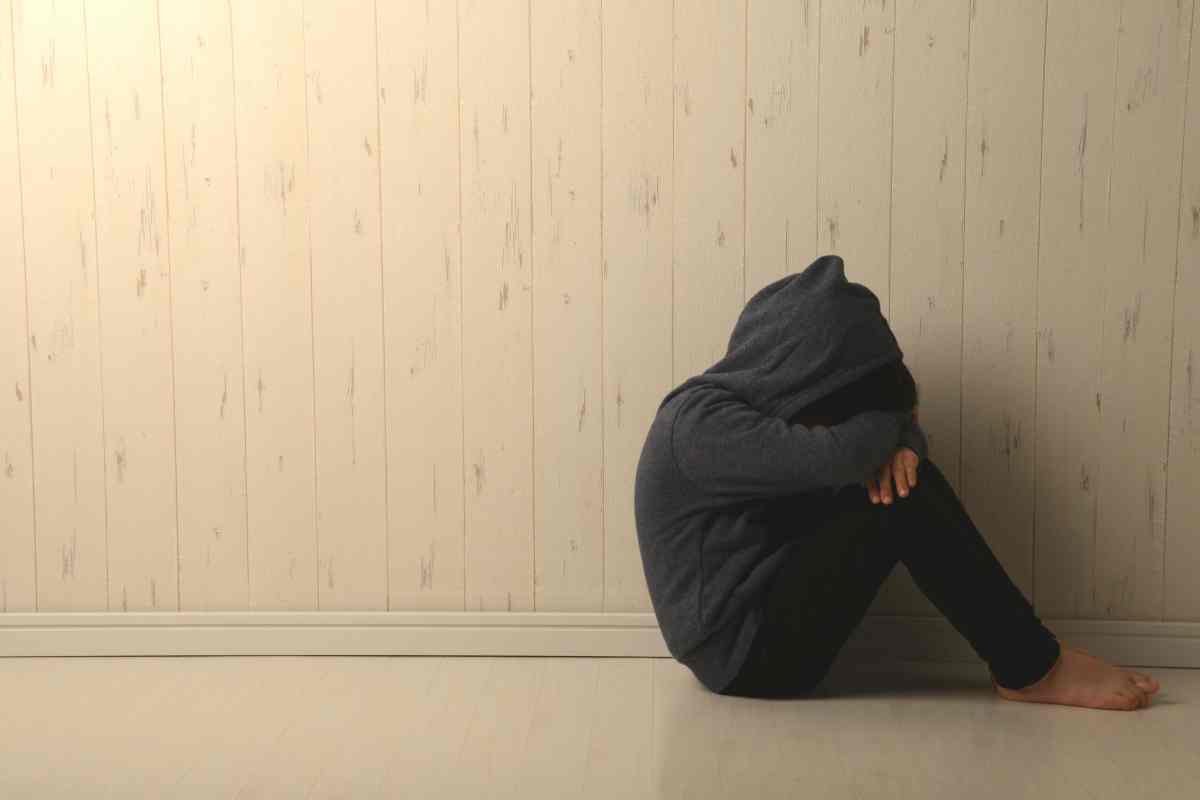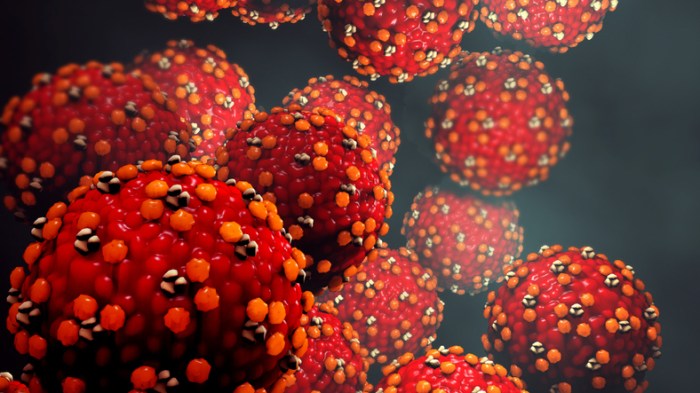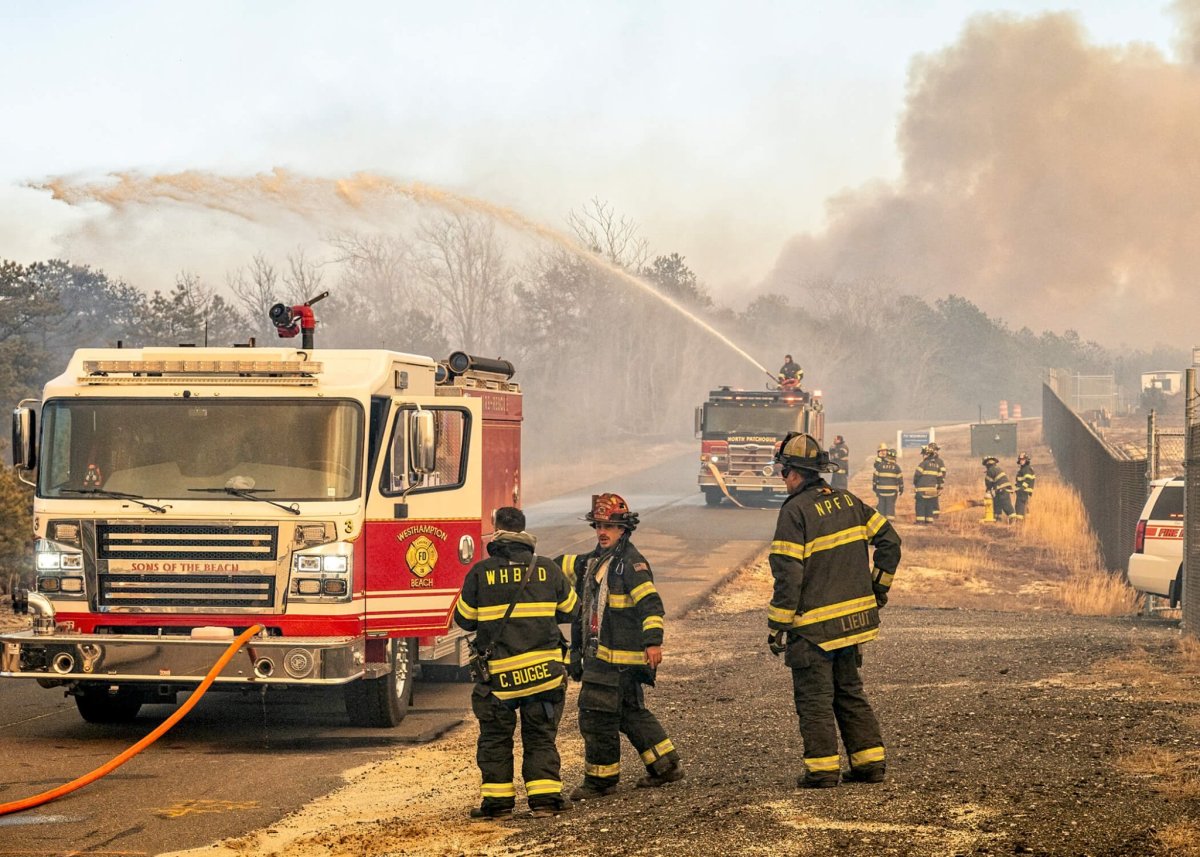Decades ago, young people had few real worries. The biggest issues were getting a driver’s license, passing the next exam, going to a party on the weekend, or finding someone to take them to the mall.
The age of innocence is long gone. Today, the story is decidedly different. The statistics are sobering. According to the U.S. Centers for Disease Control and Prevention, suicide is the second leading cause of death among people ages 15 to 19.
“More teenagers and young adults die from suicide than from cancer, heart disease, AIDS, birth defects, stroke, pneumonia, influenza, and chronic lung disease, combined,” says Jeffrey Friedman, CEO of Central Nassau (CN) Guidance & Counseling Services, a Hicksville-based nonprofit specializing in substance use disorder treatment and mental health. “Every day in America, there is an average of more than 5,400 suicide attempts by those in grades 7 through 12.”
The organization’s Project Forward offers students counseling treatments to work through topics like romantic relationships, social media, and cyberbullying among others.
“There has been a huge increase of kids in high school dealing with serious depression and anxiety,” says Gordon Gooding, a school social worker with experience with elementary and high school students in Baldwin who also runs a private practice in Cold Spring Harbor. “The amount of anxiety and depression coming through the doors has been staggering. It seems like it is a majority of what we do now.”
He says suicide among young people on Long Island continues to climb and spread. Depression doesn’t discriminate.
“I work in two very different communities,” he says. “They differ in economic status, ethnicity and school systems. Yet both communities lost young people to suicide this year alone. Some of them were still in high school, while others were recent high school graduates.”
WHAT’S GOING ON?
The questions are endless.
Why are young people with so much life ahead of them giving up? The reasons are varied and complex. Lynn Hugger, a clinical psychologist in Manhasset, unloads a list of burdens.
“Developmentally, adolescents don’t have a larger context with which to understand their current stressors — so many things feel more intense and ‘all or nothing’ than they might for an adult,” she says. ”In addition, younger people have a greater tendency towards impulsivity.”
Hugger says some of her patients have pointed out that threats of terrorist attacks and mass shootings increase fear, anxiety, and hopelessness. Social media ups the peer pressure.
“Teenagers know pretty easily what their peers are doing and what they are left out
of; retaliatory commentary is also easy to do; regrettable actions on social media and texting are common and more public,” she says. “Because of social media, suicide is more public, and the option is more widely known about and therefore considered.”
Then there’s the stress of performing well in school and getting into college.
“The pressure can be enormous,” Hugger adds. “Many students don’t understand how many options there really are. They get burned out or are afraid that they won’t get into a particular college and therefore all their options in life are over, creating a distorted sense of doom.”
Bullying online and off can push some over the edge. In 2017, Angie Collazo said her 17-year-old son Angelo, then a student at Hicksville High School, who suffered from scoliosis, killed himself because of lifelong, vicious bullying.
CRISIS MANAGEMENT
What’s happening with youth has many people working overtime. Last July, New York State began requiring schools to administrate educational classes that provide a range of resources and skills to help students recognize, cope with and understand potential mental health concerns.
“Schools do amazing work on Long Island,” says Gooding. “Lately there has been a big push in schools to teach mindfulness and provide students with other tools for coping. Schools are beginning to talk about drug prevention, having wellness weeks, and bringing a greater awareness to mental health. For example, recently Northport High School did a wellness week where they talked about mental health and taught mindfulness and yoga practices.”
The issues are multilayered. Getting teens to talk is no small matter. They can be hesitant to see a counselor because of what someone may think.
“Sometimes parents have a difficult time understanding what normal teen behavior is, and what is problematic,” he says. “They didn’t grow up with social media, so they may not understand the stress young people are under.”
School social workers have their hands full.
“As a school social worker for over 20 years, I can tell you we have been inundated for a long time,” he adds. “Often, we can only give attention to the most acute issues and miss opportunities to address less glaring ones [that may grow in time]. Some students never get the support they need, due to resistance in the family, denial, or lack or resources.”
HELP IS AVAILABLE
Long Island Crisis Center:
24-hour hotline 516-679-1111, longislandcrisiscenter.org
Response Crisis Center in Stony Brook
24-hour hotline, 631-751-7500, responsecrisiscenter.org
Suicide Prevention Coalition of Long Island
preventsuicideli.org/resources
National Suicide Prevention Lifeline, 800-273-TALK (8255)

































